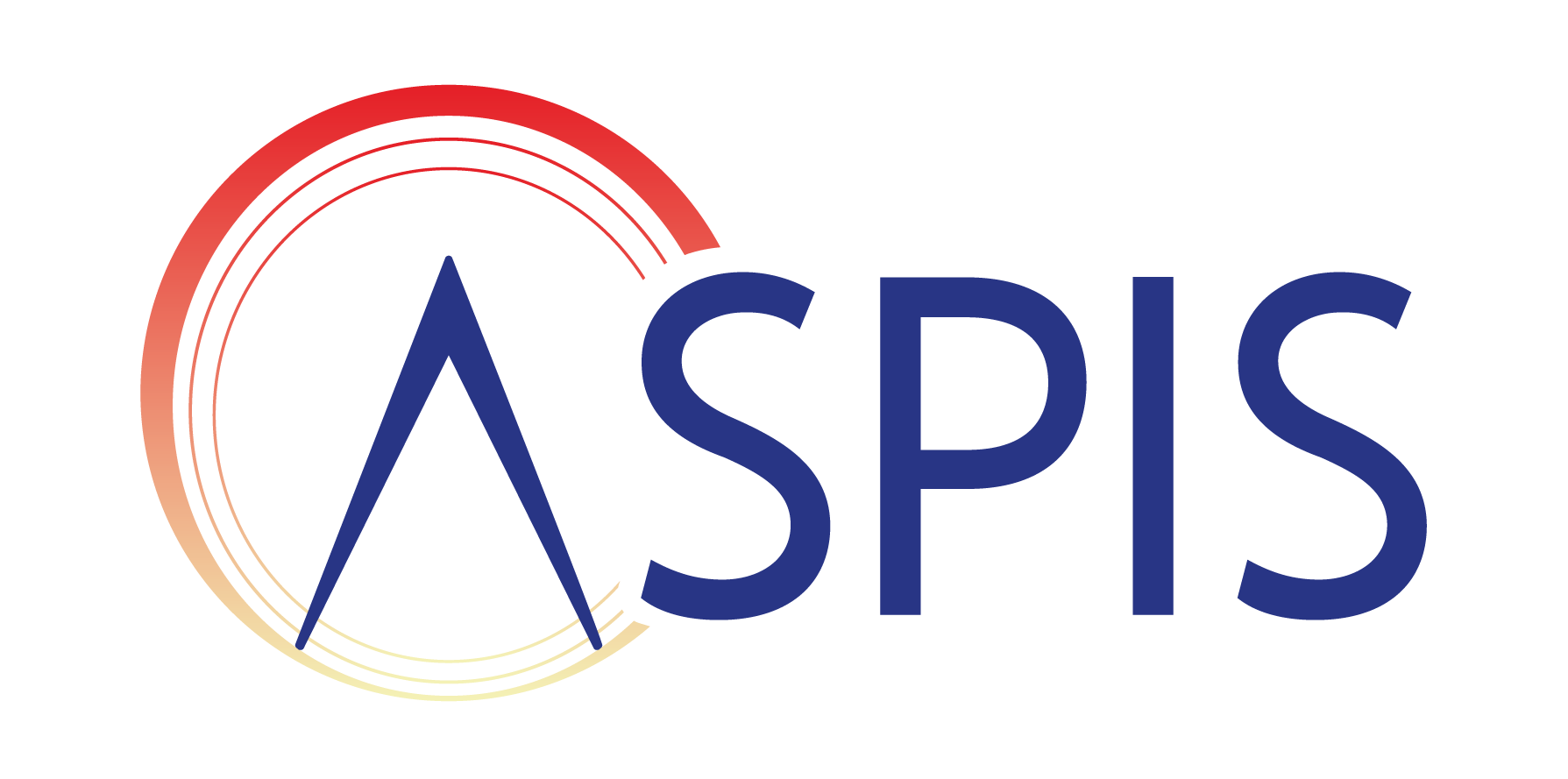John Colbourne, coordinator of PrecisionTox, kicked off the year with an insightful editorial for PARCopedia, setting the stage for increased collaboration between major EU research initiatives in advancing chemical risk assessment without using animals.
Prof. John Colbourne (University of Birmingham) reflects on how initiatives such as the ASPIS cluster — PrecisionTox, RISK-HUNT3R, ONTOX — and PARC (Partnership for the Assessment of Risks from Chemicals) PARC (Partnership for the Assessment of Risks from Chemicals) are driving progress toward innovative, non-animal chemical safety assessment methods.
What are John’s thoughts on the pivotal moments when ASPIS and PARC came together last year?
“I sensed that the methodological advancements are on the verge of providing a more robust scientific evaluation of the hazards and risks of substances across a broad range of chemical classes, mixtures, outcomes, and life stages, with results more relevant to human biology than rodent biology. I also sensed that NAM-based information might potentially unite the different branches of toxicology by its relevance in protecting human health, wildlife, and ecosystems, thereby contributing to public safety, ecological resilience, and sustainability.”
And what is John’s advice for accelerating these efforts?
“The next step for 2025 is to channel these efforts and magnify the discoveries needed to improve the protection of humans and the environment from toxic chemicals and address barriers to this transition away from traditional animal approaches. PARCopedia offers a platform to help achieve complementarity among these and other independent initiatives.”
John Colbourne also underscores the critical role of the ASPIS cluster, an alliance of three consortia (PrecisionTox, RISK-HUNT3R, ONTOX) backed by European funding to develop non-animal solutions for chemical safety assessment. These initiatives provide a unique opportunity to steer discussions on the potential of various technologies and testing platforms for integrated safety assessments.
About the PARC and PARCopedia
Partnership for the Assessment of Risks from Chemicals (PARC) aims to develop next-generation chemical risk assessment methodologies to safeguard human health and the environment. It aligns with the European Union’s Chemicals Strategy for Sustainability and the European Green Deal’s “Zero Pollution” ambition by providing new data, knowledge, tools, expertise, and networks.
PARCopedia is an innovative knowledge management and social media platform created by PARC for the international chemical risk assessment community. It provides expert-driven content, including WIKI-style articles on chemicals, methodologies, regulations, and activities, along with a glossary of key terms, institutions, and legislation. The platform strongly focuses on New Approach Methods (NAMs) and Next-Generation Risk Assessment (NGRA).
PARCopedia is open to all professionals in chemical risk assessment upon free sign-up.
About John Colbourne
Prof. John Colbourne specialises in applying omics in environmental research and pursuing Precision Toxicology. He is known internationally for his work at establishing genomics-enabled model species. For example, his work resulted in Daphnia’s designation as a biomedical model species by the US National Institutes of Health.
John holds the Chair of Environmental Genomics at the University of Birmingham (UoB) in the United Kingdom. He is the co-founder of Michabo Health Science Limited, co-founder of the international Environment Care Consortium, and the Solve Pollution Network. He is the Director of the Centre for Environmental Research and Justice (CERJ) at UoB and advises the UK government through his Hazardous Substances Advisory Committee membership.
Moreover, John coordinates the H2020-funded PrecisionTox project, which is part of the ASPIS cluster, and he serves on the UK steering group for the Partnership for the Assessment of Risks from Chemicals.

